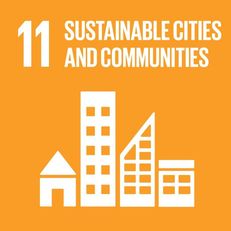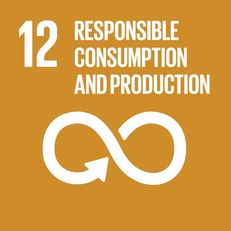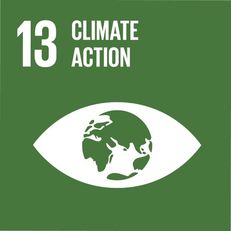Home »
All Resources »
Green Gown Awards 2020 - Queen’s University Belfast - Finalist
Creating our Vision for a Greener Future
‘Creating our Vision for a Greener Future’ is an exciting collaboration between Queen’s University Belfast (QUB) staff, students and the public focused on creative exploration of pressing socio-ecological issues as a basis for climate action within and beyond QUB. Informed by community arts and transformative pedagogy, our ‘Green Arts’ team developed an innovative non-formal educational methodology to engage wider society around co-creating visions for a sustainable future to help inform climate action.
Funded by QUB’s Green Fund, ‘Creating our Vision for a Greener Future’ began when a staff member and four students collaborated to co-write our short play ‘Anna’s Journey’ as a mechanism to communicate multi-level socio-ecological issues, prompt critical thinking and, hopefully, action among those who engaged with our project. The play became a cornerstone of six community-based workshops we facilitated across Ulster, attended by over 200 people of all ages; learning from our project is also shared in an accessible journal article (Slevin et al. 2020).
Top 3 learnings:
- Arts-based methods help people learn about socio-ecological crises in engaging, fun and non-threatening ways.
- Creative approaches can ‘make the global-local’, revealing unsustainable multi-level practices while fostering opportunities for change.
- Group-based, collaborative processes result in more successful outcomes than traditional ‘talking at people’ approaches to public engagement.
Videos










 Except where otherwise stated, content on this site is
licensed under a Creative Commons Attribution 3.0 License.
Except where otherwise stated, content on this site is
licensed under a Creative Commons Attribution 3.0 License.
